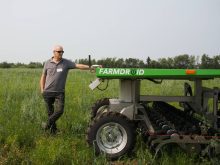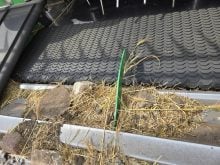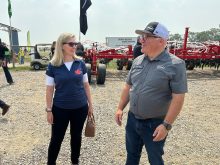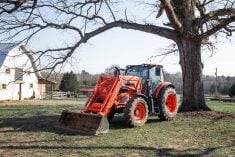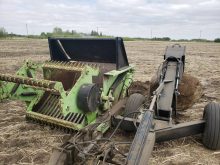MINOT, N.D. – The United Nations thinks zero tillage can help save the world.
“We see this as the big future for agriculture and the only way to do agriculture in an intensive, high productive way, but at the same time sustainable,” says Theodor Friedrich, senior officer in the crop production systems intensification division at the UN’s Food and Agriculture Organization.
“There’s no other way we know to do agriculture which is both sides: sustainable and productive.”
Read Also
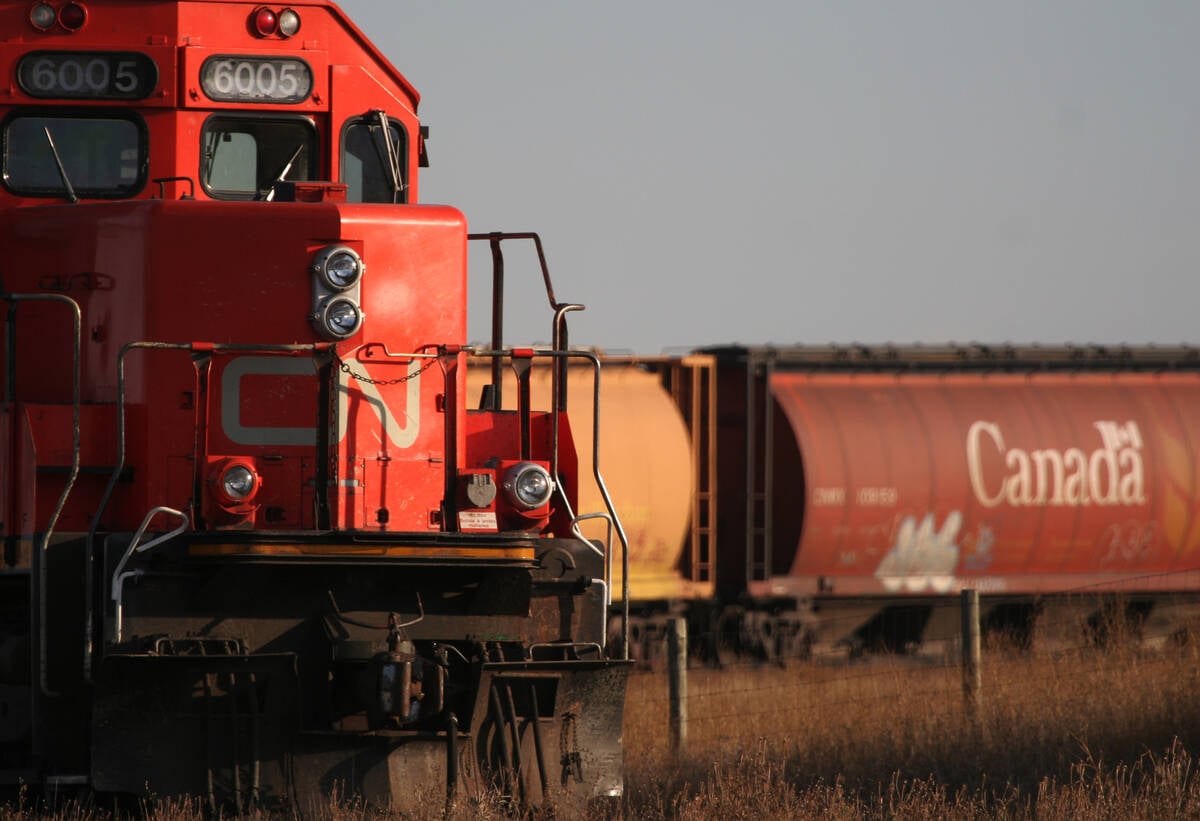
Working groups established to address challenges in the containerized and bulk movement of commodities
CN is working with the pulse and special crops sector on resolving challenges in shipping those commodities.
However, Friedrich told the Manitoba-North Dakota Zero Tillage Farmers Association’s annual workshop held in Minot Jan. 11-13 that zero-till is only part of the solution.
“We need zero till, but zero till alone is not enough.”
He said conservation agriculture has three components: continuous zero tillage, permanent soil cover and crop rotation.
When combined, these practices produce environmental benefits such as improved water infiltration into the soil, which in turn mitigates the severity of flooding; increased levels of organic matter in the soil, which improves soil’s tolerance to drought; and stored carbon in the soil through use of cover crops, which can slow climate change.
Friedrich said the beauty of zero till is that the technology is available and still allows producers to farm intensively.
It is practised on six to seven percent of the world’s cropland and is still considered a minority movement, but in Brazil it has gone mainstream, increasing to 63 million acres in 2006 from 3.3 million acres in 1992.
Joao Carlos de Moraes Sa, a soil science professor at Ponta Grossa State University in Brazil, said Brazilian farmers use a rotation of soybeans and crops such as the forage grass brachiaria to keep the soil permanently covered.
“You have to choose one main crop to pay your bills, because a cover crop (won’t) pay the bills immediately.”
The FAO estimates that conservation tillage is practised on 25 percent of cropland in the United States and 46 percent of Canadian cropland from Ontario to British Columbia.
To increase those numbers and win over the public, Friedrich said farmers need to sell the environmental benefits of conservation agriculture and alter the public’s perception of farming.
“Here (in North America), you are always with the bad guys. You are the ones that are polluting, you are the ones using GMOs and pesticides and everyone’s hitting on the farmer. (But) you can revert that image.”
He acknowledged that genetically modified crops have an important role in zero tillage, but said it can’t be the focal point of the public message.
“As long as you sell your story (saying) we can only do no-till if we use GMOs, you’ve lost already. You have to fine-tune your message and say we do this system because we get these benefits out of it.”



